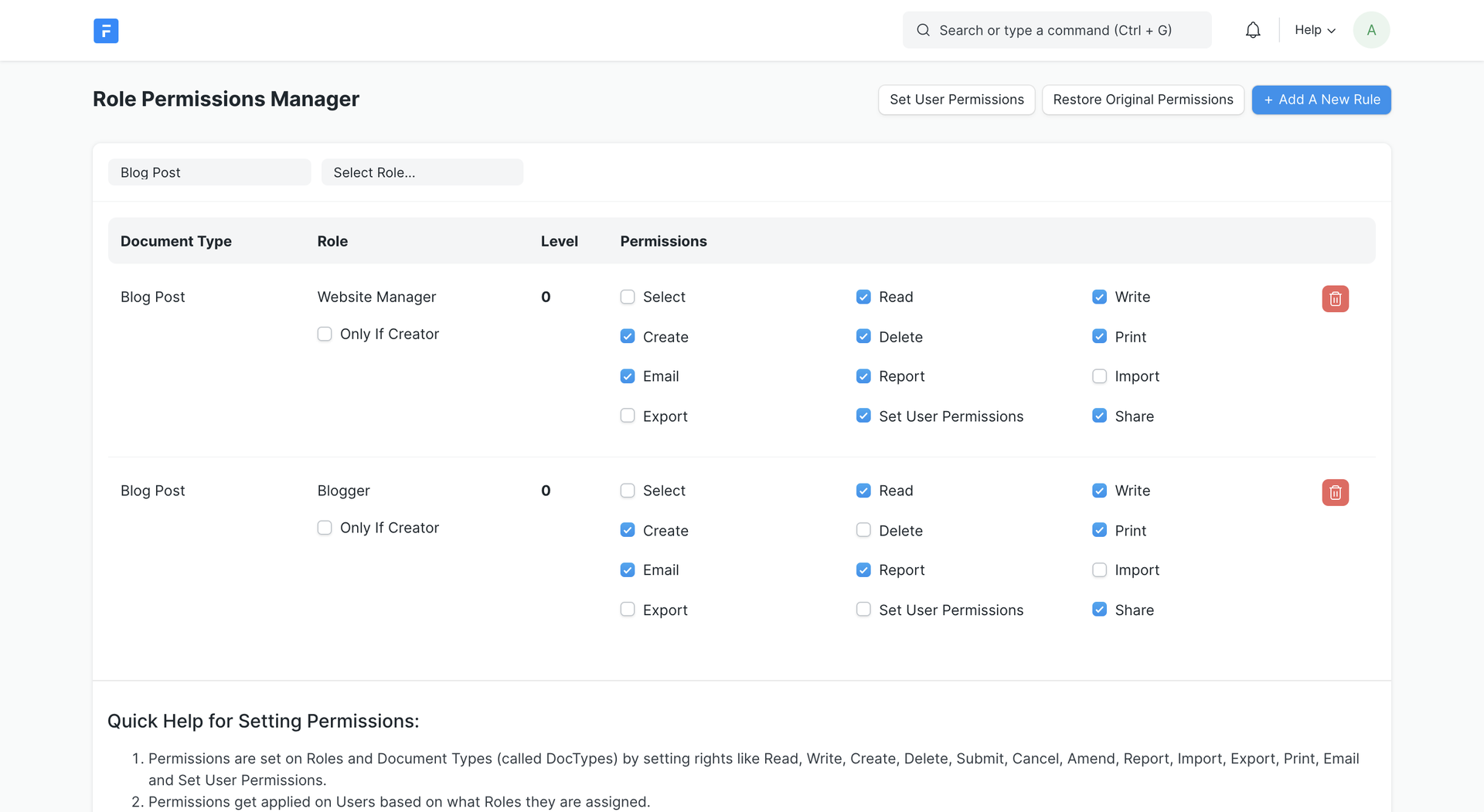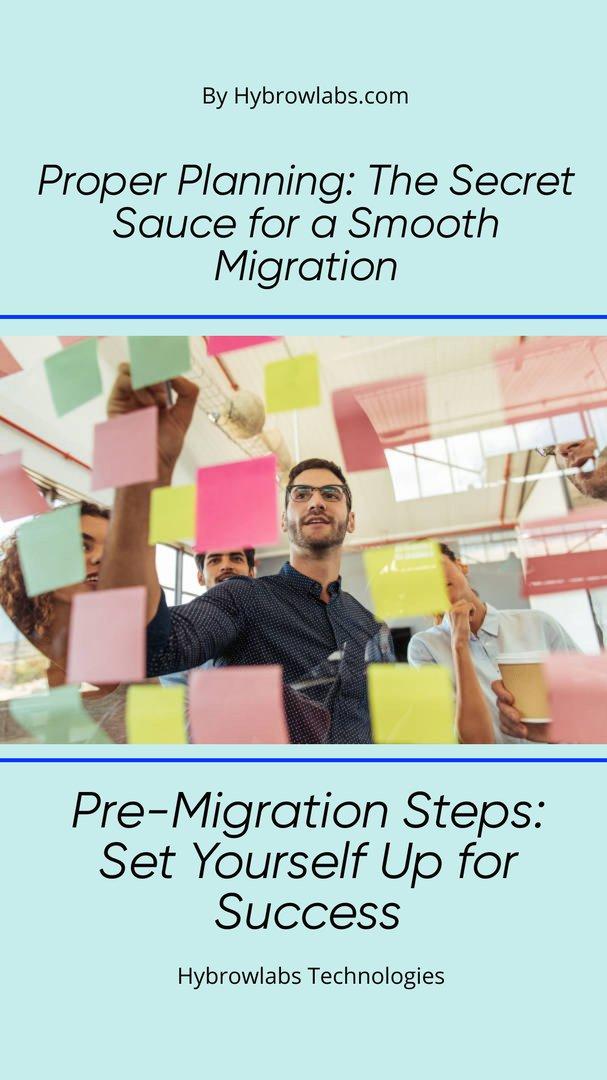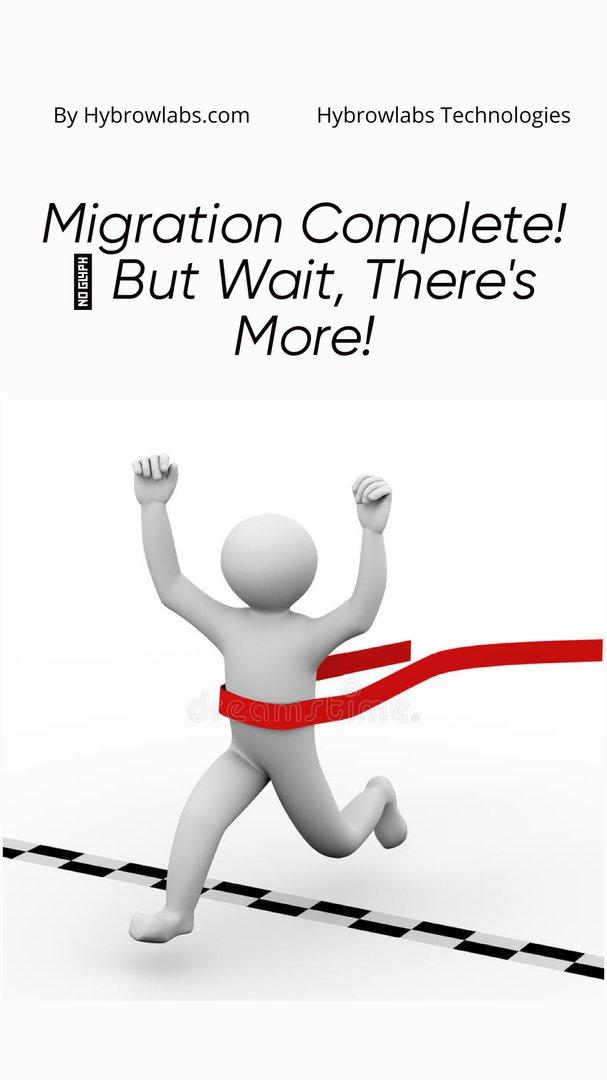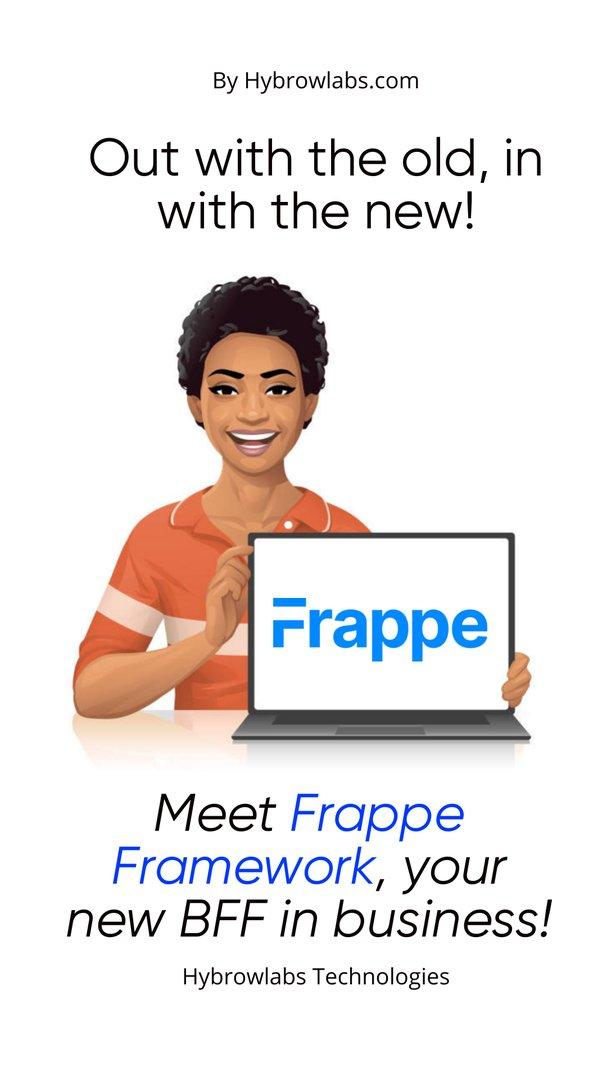Revamp your legacy systems with Frappe Framework! Are you tired of dealing with outdated software and hardware? It's time for a change. In this step-by-step guide, we'll show you how to migrate to Frappe Framework and transform your business operations. With its user-friendly interface and customizable features, Frappe is the perfect solution for modernizing your legacy systems. Join us on this journey and discover the benefits of a smarter, more efficient workflow. Let's upgrade together!
From Old School to Cutting Edge: Exploring Legacy Systems and Frappe Framework
A legacy system is a software application or technology that is outdated and often no longer supported by its original manufacturer. These systems can be difficult and expensive to maintain, as they require specialized expertise and may be incompatible with newer technologies. Additionally, legacy systems may be less efficient and more prone to errors, as they lack modern features and security measures. Over time, the costs of maintaining a legacy system can far exceed the costs of upgrading to a newer, more efficient system. For these reasons, many businesses choose to migrate from legacy systems to more modern alternatives, such as the Frappe Framework.
An open-source web framework called Frappe offers a free full-stack solution for creating commercial applications. It utilizes Vue.js, a JavaScript-based front-end framework, and is developed in Python. Frappe comes with a comprehensive set of tools that may be tailored to match the unique requirements of enterprises, including the well-known ERPNext application. The modular architecture of Frappe makes it simple for developers to build scalable and maintainable apps. Additionally, it has functions like email integration, document management, and role-based access control. Frappe is a great option for creating enterprise-level applications because of its thorough documentation and vibrant community.
What Makes Legacy Systems So Tough to Maintain?

1. Outdated technologies:
It can be challenging to locate the required hardware, software, and qualified personnel to maintain and repair legacy systems because many of them rely on antiquated technology that is no longer maintained by vendors or manufacturers.
2. Security vulnerabilities:
Older systems may have security flaws that hackers might exploit, making them vulnerable to online attacks. The absence of updates and patches raises the possibility of a security breach and puts sensitive data at risk.
3. Insufficient compatibility:
Integrating legacy systems with contemporary systems can be challenging since they might not be compatible with newer hardware or software. This may result in inefficiencies and mistakes due to a lack of data interchange, communication, and compatibility across various systems.
4. Missing documentation:
Due to the insufficient documentation of many legacy systems, it is difficult to comprehend their functionality and make the necessary adjustments. Critical information, such as system architecture, code structure, or business logic, may be lost as a result of a lack of documentation.
5. High costs for maintenance:
Sustaining legacy systems can be expensive, particularly if the original system has specific customizations. This is brought on by a lack of vendor support, a shortage of qualified workers, and a requirement for specific hardware or software. The budget for efforts promoting innovation and growth may be reduced as a result of rising costs.
Why switch to Frappe? Discover the benefits now:
Businesses can gain several advantages by switching to Frappe, including:
1. Customization:

Frappe makes it simple to modify applications to fit the unique requirements of a business. Developers may simply adjust and add new features without upsetting the existing system because of its modular architecture and thorough documentation.
2. Scalability:
Due to Frappe's excellent scalability, applications created using the framework can develop and change as a company grows. Because of the modular architecture of Frappe, developers may quickly add or remove features and capabilities, resulting in a quicker and more productive development process.
3. Cost-effective:
As Frappe is an open-source framework, there are no additional costs for using it. Because of how much less expensive it may be to design, implement, and maintain, this is the perfect option for small and medium-sized businesses.
4. Security:
Built-in security features in Security Frappe include email integration, document management, and role-based access control. This guarantees that the application is safe and that private information is shielded from intrusions or unauthorized access.
5. Community Assistance:
Developers and users who frequently contribute to the development and upkeep of the framework make up the dynamic and lively Frappe community. This implies that organizations may take advantage of a multitude of resources, including as documentation, tutorials, and forums, which can aid them in issue solving and the quicker and more effective development of their apps.
6. Modern technology:
Legacy systems often use outdated technology that can be difficult to maintain and integrate with modern systems. Frappe is built on modern technologies such as Python and Vue.js, making it easy to integrate with other modern systems and technologies.
Why proper planning is crucial for a successful migration?

While transitioning from legacy systems to a contemporary framework like Frappe, planning is a crucial step. Ensuring a successful migration entails establishing the project's scope, determining its goals, and figuring out the resources needed. These are some explanations for why preparation is crucial:
1. Reduces risks:
Planning aids in identifying potential hazards and difficulties that can appear throughout the relocation procedure. Businesses can lessen the effect of any prospective concerns and avoid expensive delays or failures by addressing these issues in advance.
2. A smooth transition is ensured by planning:
Preparation aids in the smooth transition from the old system to the new one. This includes determining the migration's scope, establishing reasonable deadlines, and determining the resources required for a smooth transition.
3. Defines objectives:
Planning aids in defining the migration's goals, including what the new system should accomplish, the features it must have, and how it will serve the company. This transparency keeps the project on track and guarantees that the finished product will match the needs of the company.
4. Stakeholders are aligned through planning:
Business executives, users, and IT teams are just a few of the stakeholders who must be involved. This makes it easier to bring everyone together around the project's goals, ensuring that everyone is on the same page and pursuing the same objectives.
5. Cost management:
By defining the resources needed for the migration, such as hardware, software, and staff, planning aids in cost management. This guarantees that costs are distributed effectively and that the project stays within budget.
In conclusion, preparation is essential for a smooth transition from antiquated systems to contemporary frameworks like Frappe. Risks are reduced, a smooth transition is ensured, objectives are defined, stakeholders are aligned, and expenses are managed.
How to prepare for a smooth and successful migration to Frappe?
To ensure a seamless transfer to a new system like Frappe, it is crucial to take some precautionary measures before beginning the migration process. Here are a few crucial actions to take:
1. Assessing the current system:
The first stage is to evaluate the current system and comprehend its operation. This entails determining the processes, database architecture, hardware, and software components, as well as the data types. This data makes it easier to spot possible problems and guarantee a seamless move.
2. Documenting the system architecture and workflows:
Following an analysis of the current system, it is crucial to document the architecture and processes. Throughout the migration process, this documentation assists in locating potential stumbling blocks and compatibility problems. Additionally, it serves as a guide for the brand-new system architecture.
3. Data preparation for migration:
Since data migration is a crucial step in the migration process, it is crucial to get the data ready before the migration starts. The data must be cleaned up, checked for quality and completeness, and formatted by the demands of the new system.
4. Testing the migration process:
It's crucial to thoroughly test the migration process before starting the real migration process. This includes performance, system compatibility, and data migration testing. Testing ensures a smooth transition to the new system and helps to spot any problems.
In conclusion, following these pre-migration actions will help to guarantee a successful migration to Frappe.
Ready to make the move to Frappe? What are the best practices for executing a successful migration?

To execute a migration to Frappe successfully, careful planning and preparation are necessary. Here are some guidelines for carrying out the migration:
1. Utilizing a phased approach:
When carrying out the migration, a staggered strategy is advised. To lower the chance of errors and shorten downtime, this involves splitting the migration into smaller, more manageable steps.
2. Fixing any flaws or issues that develop:
It's critical to fix any bugs or difficulties that develop throughout the migration process. During each stage of the migration, all data and systems must be tested and verified to guarantee accuracy and completeness.
3. Performing thorough testing before going live:
It's important to conduct rigorous testing before launching the new system. To make sure that the system satisfies the requirements of the business and its stakeholders, this involves testing the system's functionality, performance, and security.
4. Giving users training and support:
To ensure a smooth transition to the new system when the migration is finished, training and support must be given to users. This includes providing continuing support and help as well as instruction on how to utilise the new system.
To successfully execute a migration to Frappe, a staged strategy, resolving any problems or defects, extensive testing before going live, and user training and support are all necessary. Businesses can ensure a smooth transition to Frappe with little impact on their operations by adhering to these best practices.
Migration complete! What's next? Discover the key steps for post-migration best practices with Frappe
1. Check the Migration:
Make that no files are missing or corrupted and that all the data has been appropriately moved. To make sure everything is operating properly, test each application's and service's essential features.
2. Update DNS records:
Your DNS records should be updated to point to the new servers. This procedure makes sure that traffic is switched to the new setting.
3. Evaluate Security and Access Controls:
To make sure the new environment is secure, review and update security rules, permissions, and access controls. Ensure that only individuals with permission can access the systems and data.
4. Test Backups and Disaster Recovery:
Verify the functionality of your backup and disaster recovery solutions by testing them. This process aids in ensuring that data may be recovered in the event of an unforeseen circumstance.
5. Monitor Performance:
Keep an eye on the new environment's performance to make sure it complies with the requirements. To spot any problems, keep an eye on measures like CPU utilization, memory consumption, and network bandwidth.
Conclusion:

In conclusion, switching from legacy systems to the Frappe framework can give companies a cutting-edge, scalable solution that improves their workflows and efficiency. To achieve success, this process needs to be well planned and carried out. The full approach to switching to the Frappe framework is provided by the step-by-step guidance, which emphasizes the significance of testing, verifying, and performance monitoring. Services like Hybrowlabs Development Service can provide valuable expertise and support in making the transition to the Frappe framework.
The Frappe framework must be taken into account by organizations as a feasible solution to their legacy system problems. Businesses can streamline their operations, promote growth and innovation, and drive growth by completing the required actions and taking into account the Frappe framework.
FAQ’s
1. Why should I rework my legacy system, you ask?
Modernizing your technology stack, enhancing performance, boosting security, and lowering maintenance costs can all be accomplished by redesigning your outdated system. It can also help you maintain market dominance by allowing you to provide your users with new features and functionalities.
2. I want to redesign my legacy system using the Frappe framework. Do I need to engage a specialist?
It depends on your level of proficiency in web development and Python. You might be able to manage the redesigning process on your own or with assistance from your current team if you have experience in these fields. But, if you don't have the requisite abilities, it might be advantageous to work with a Frappe framework expert or development team.
3. Can I gradually migrate from my current system to the Frappe framework?
By starting with a limited number of features and functionalities and gradually adding more over time, you can convert your legacy system to the Frappe framework. With this strategy, you may reduce risk and guarantee a seamless switch to the new system.
4. What are the advantages of updating legacy systems with the Frappe framework?
The Frappe framework offers a scalable, flexible, and extendable platform for creating unique business apps, which can assist you in modernising your outdated system. Additionally, it has a wealth of built-in capabilities that can help you save time and effort throughout development, including user management, workflow management, and reporting.



.jpeg)



a3dc85.jpg)

.jpg)
fd8f11.png)


.jpg)
.jpg)